 |
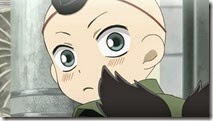 |
 |
That episode sure gave you your money’s worth.
There’s certainly a lot happening in Kamisama Hajimemashita this season. Even when it’s stepping back from the recurring plot it’s doing so haltingly, keeping one toe dipped in the water. And while there were times when the first season bordered on slice-of-life (whatever that means) this one is full of stuff happening everywhere you look, most of it significant. As it happens that’s almost exclusively centered on Tomoe and Nanami so far, but this episode saw the season’s first extended screentime for several S1 regulars. We also got not one but two insert songs.
As if to set the tone and remind us where things always come back to now, the episode did start with a sort of epilogue to last week’s – a reminder of the massive wall (Nanami’s words) that exists between she and her dream. Mikage may say he’s trying to get Tomoe to take her hand, but Ookuninushi among others makes it clear to her just how difficult it is for love between youkai and human to flourish. We’ve seen anime touch on this painful element of the difference in the lives of humans and spiritual creature – Natsume Yuujinchou and Gingitsune perhaps most poignantly, Gugure! Kokkuri-san most recently – but it’s a theme that never seems to lose its punch when handled well.
It’s fitting, then, that when we get back to Kawagoe (a nice little getaway if you’re ever in Tokyo) Nanami immediately runs into Himemiko and Kotarou. They, of course, are an example of a mixed couple that’s working like a charm – thanks to Nanami’s meddling – and over the course of a “date” with Himemiko, the Kami tries to get Nanki to appreciate that the most important thing is not how long one’s love lasts, but to seize the day and make the most of however much time one has. This is perhaps the central dilemma of the series, and it’s presented elegantly here – in fact we get our first musical insert, a subdued piano-vocal version of the wonderful S1 OP (and wasn’t it great to hear it, too).
With plenty to think about, Nanami returns to the Shrine at last (where Tomoe and Mizuki have been worried sick. But soon there’s a new distraction, and Nanami literally steps in it (or rather, on it). It comes in the form of a tiny tengu named Botanmaru, and here’s a blast from the past – his seiyuu Saitou Ayaka played Momiji (if that character doesn’t break your heart, I’m not sure you have one) in Akitarou Daichi’s magnum opus, Fruits Basket (and when she was just 14 years old, too). Botanmaru is a 7 year-old, but for tengu that normally means a young adult. Poor Botanmaru is a slow developer and can’t even fly yet, and for his troubles he’s regularly beaten by the head tengu of Mt. Takao.
Well, if you know Nanami you certainly know she’s incapable of leaving that one alone. So against Tomoe’s wishes she decides to aid the tengu tot in his quest to find Soujiro, the tengu Botanmaru’s older brother has told him stories of – stories of how Soujiro overcame his own slow development and never cried or bowed down before anyone. The hook? Turns out Soujiro is none other than Kurama (should have seen that coming, even if Botanmaru’s sketch looked nothing like him), and Nanami just happens to have two tickets to Kurama’s sold-out live that evening.
Kurama has been almost totally absent this season, so his fans (and they’re legion) should be more than pleased by this development. I think it’ll be very interesting to see him cast in this situation, where a younger member of his own species seeks him out for wisdom and lessons in dignity – things which Kurama seems pretty ill-suited to provide. I suspect this tale of tengu and shota will prove somewhat different than the one TMS gave us a few weeks ago in Gugure!, but it should provide an opportunity for some nice character development for Kurama while at the same time allowing this season to have a few lighter moments – which I think it needs. I’m looking forward to it.
 |
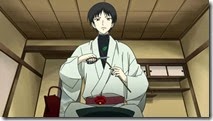 |
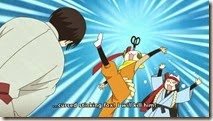 |
 |
 |
 |
 |
 |
 |
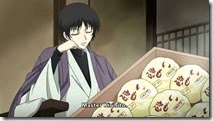 |
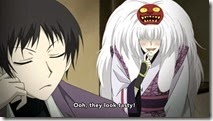 |
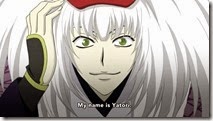 |
 |
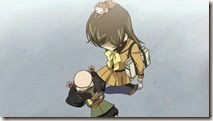 |
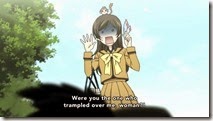 |
 |
 |
 |
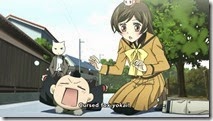 |
 |
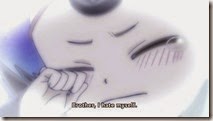 |
 |
 |
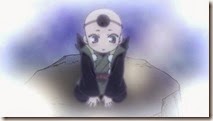 |
 |
 |
 |
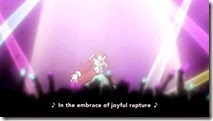 |
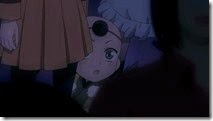 |
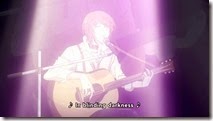 |
ED2: “Tsubasa☆Bassa☆Hazard (翼☆バサ☆ハザード)” by Kurama
 |
 |
 |



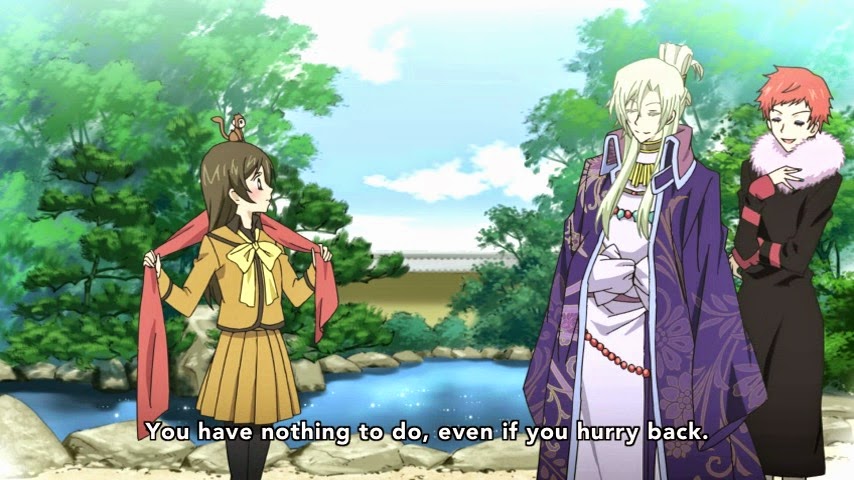
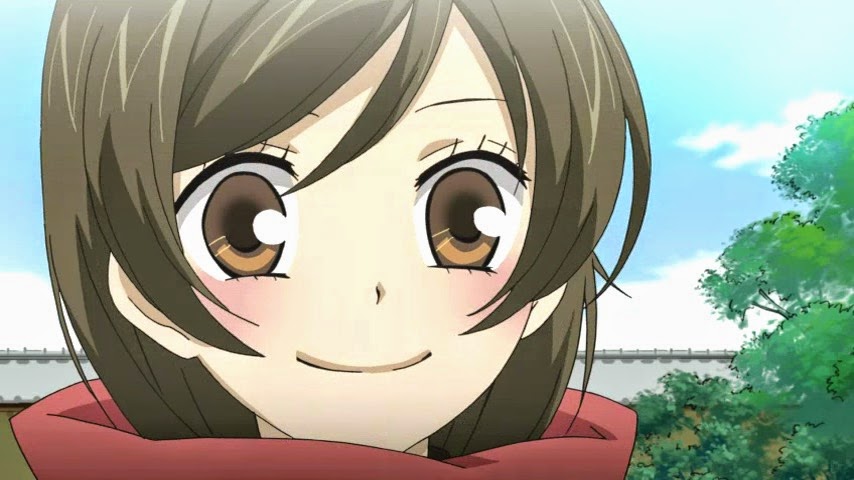
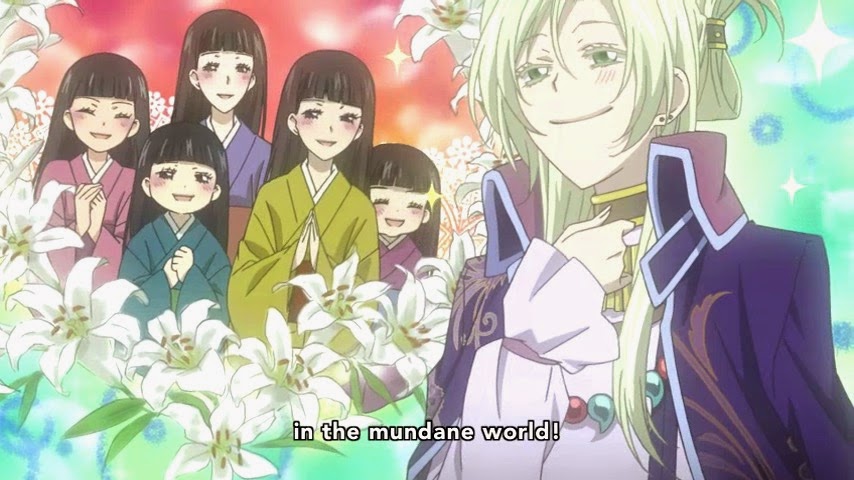
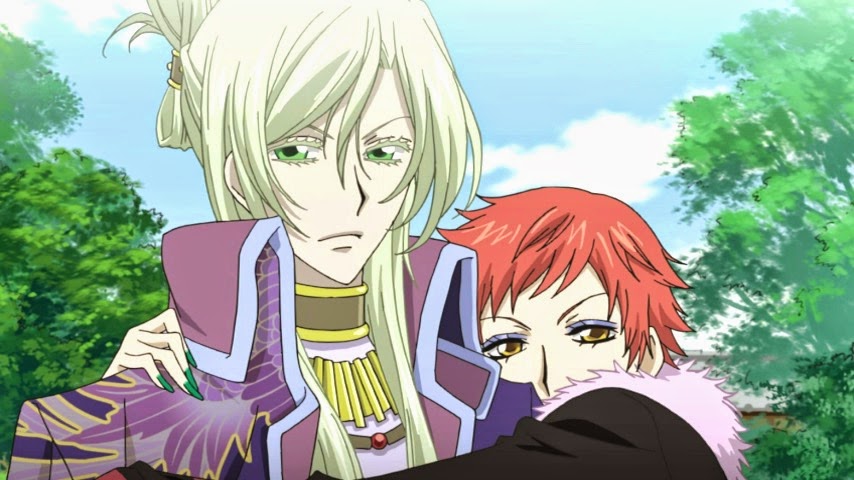
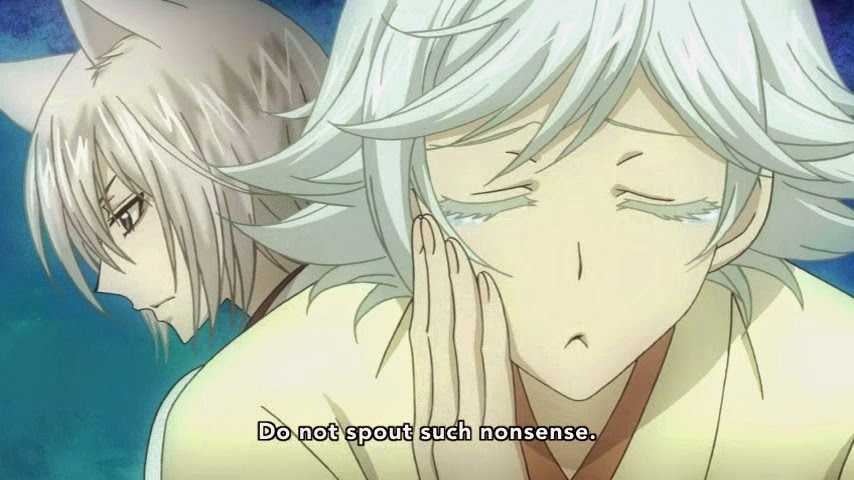
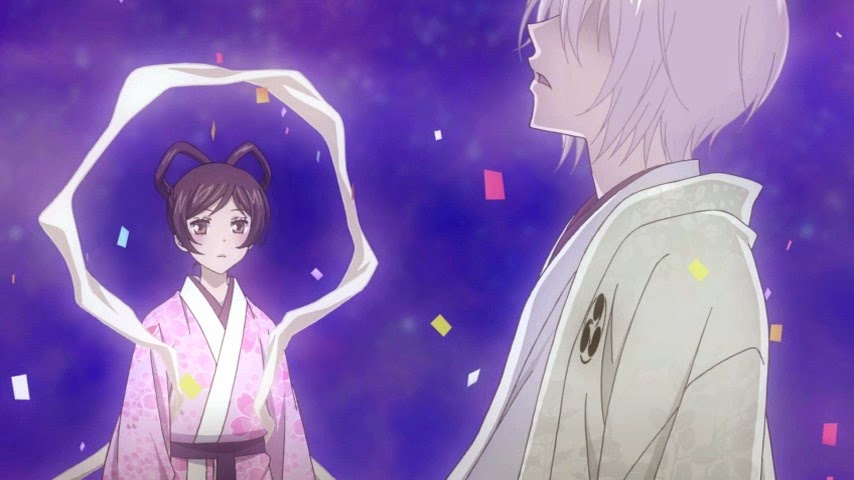

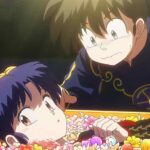
Gary Cochran
February 17, 2015 at 2:48 pmThis season has been excellent and a lot of that credit goes to a more engaging story and characters and less slice of life storytelling.